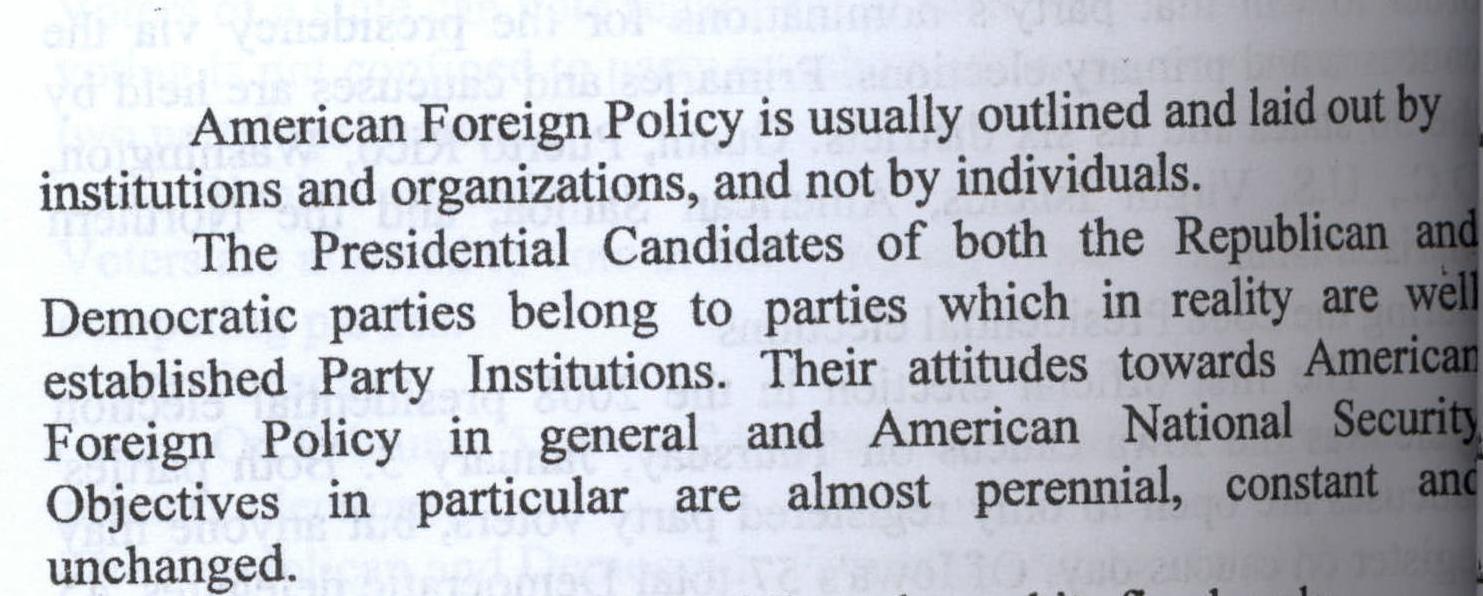
the pursue of social systems history present to us solid evidence that the collapse of that systems be caused by either the stagnancy aftermath maturity or unreal intellectual foundation which lead to sudden collapse, while the capitalism can avoided that intellectual damages due to its dynamic system with appropriate auto adaptation mechanism and use it excellently in the right time.
The globalization had excrete (as one of the capitalism adaptation mechanism) its own targets and its methods in framework of multinationals corporations which consist with capitalism states that employed the international organizations to reconstruction the global economy to serve such targets. So the glob
... Show MoreThe issue of freedom is the most prominent and distinctive issue of Western thought, which it reached after a long struggle. The English thinker John Stuart Mill is considered the most prominent Western thinker who elaborated on the issue of freedom, until his ideas on the issue of freedom became the semi-final formula for issues of freedom in Western thought, which revolve in their entirety on The individual has complete freedom as long as it does not harm others, and this freedom is controlled by law.
And if the freedoms he offered were not considered an achievement in Western thought; Freedom in Islam is a central and fundamental issue, and the details of freedoms in Islam have not been accomplished by anyone, but rather came
... Show MoreThe research aims to outline a governmental and societal communicative vision grounded in the principles of sustainable development within Iraqi governmental institutions. This is achieved by public relations practitioners incorporating these concepts and enhancing public awareness of them. Iraqi governmental institutions cannot deviate from the international pattern and societal mood that encompass the goals of sustainable development. The growing international and local interest in environmental issues has influenced governmental stances and actions towards the public.
The research's main problem revolves around addressing a pivotal question: What are the levels of empowerment of public relations practition
The current research aims to identify 1) the differences of emotional stability development level according to the variable of age; and 2) the differences of emotional stability development level according to the variable of gender (male, female). This study employed a descriptive approach, whereby a total of 165 primary and secondary school student was randomly selected from the directorate of AL -rusafa side (1st rusafa) of Baghdad province to constitute the sample of the study. The questionnaire was created based on the previous testes and studies that are relevant to emotional stability, and all its psychometrics features were examined. The researcher analyzed the data using SPSS statistic
... Show MoreIn the early 1990s, as the beginning of the new unilateral leadership of global power by the United States, a new climate of rivalry emerged between revolutionary jihad and national jihad. Al-Qaeda has played on both sides to promote its agenda in support of global jihad. The veteran Afghan warriors returned to the Arab world after the play against the Soviet army "infidel" in Afghanistan after the Soviet invasion of Afghanistan in 1979 and until the disintegration of the Soviet Union in 1990. The Arab world is looking for roles to attract international forces seeking to implement specific projects that need a combat tool . Al-Qaeda has tried to exploit national conflicts and the emergence of sectarian political streams in the Middle Eas
... Show MoreCommunity peace is achieved in law-based states Constitutional institutions with competence and powers, and otherwise that peace is shaken and begins to collapse. The movement of individuals and groups in the State is regulated by law The law and its proper application without selectivity or exception, and then the sense of equal opportunity and equal rights grows every citizen looks at his spouse, what he has, and when he is unbalanced, a sense of frustration and stealing of rights is generated Societal peace suffers from the shocks of instability and what is reflected in the surrounding environment. Instead of production, demolition takes place, which impedes the achievement of the required peace.
... Show MoreKriging, a geostatistical technique, has been used for many years to evaluate groundwater quality. The best estimation data for unsampled points were determined by using this method depending on measured variables for an area. The groundwater contaminants assessment worldwide was found through many kriging methods. The present paper shows a review of the most known methods of kriging that were used in estimating and mapping the groundwater quality. Indicator kriging, simple kriging, cokriging, ordinary kriging, disjunctive kriging and lognormal kriging are the most used techniques. In addition, the concept of the disjunctive kriging method was explained in this work to be easily understood.
 (4)
(4)
Abstract
Target costing and cleaner production are among the most important techniques in the field of cost and management accounting, which, when integrated, enable economic units to achieve the goal of cost management by reducing it by calculating cost more accurately than traditional methods.To achieve this, the researcher relied on the inductive approach in writing the theoretical framework for the research, relying on foreign and Arabic books, dissertations and university theses, foreign and Arabic research and periodicals related to the subject of the research, and relying on the descriptive and analytical approach in
... Show MoreIt is well- known that the distinguished scholastic journal is a crucial cornerstone, which contributes to the scientific integrity of a particular academic institution. The establishment of the Al-Kindy College of Medicine (AKCM), University of Baghdad, in 1998 urged the need to issue Al-Kindy College Medical Journal (KCMJ).
